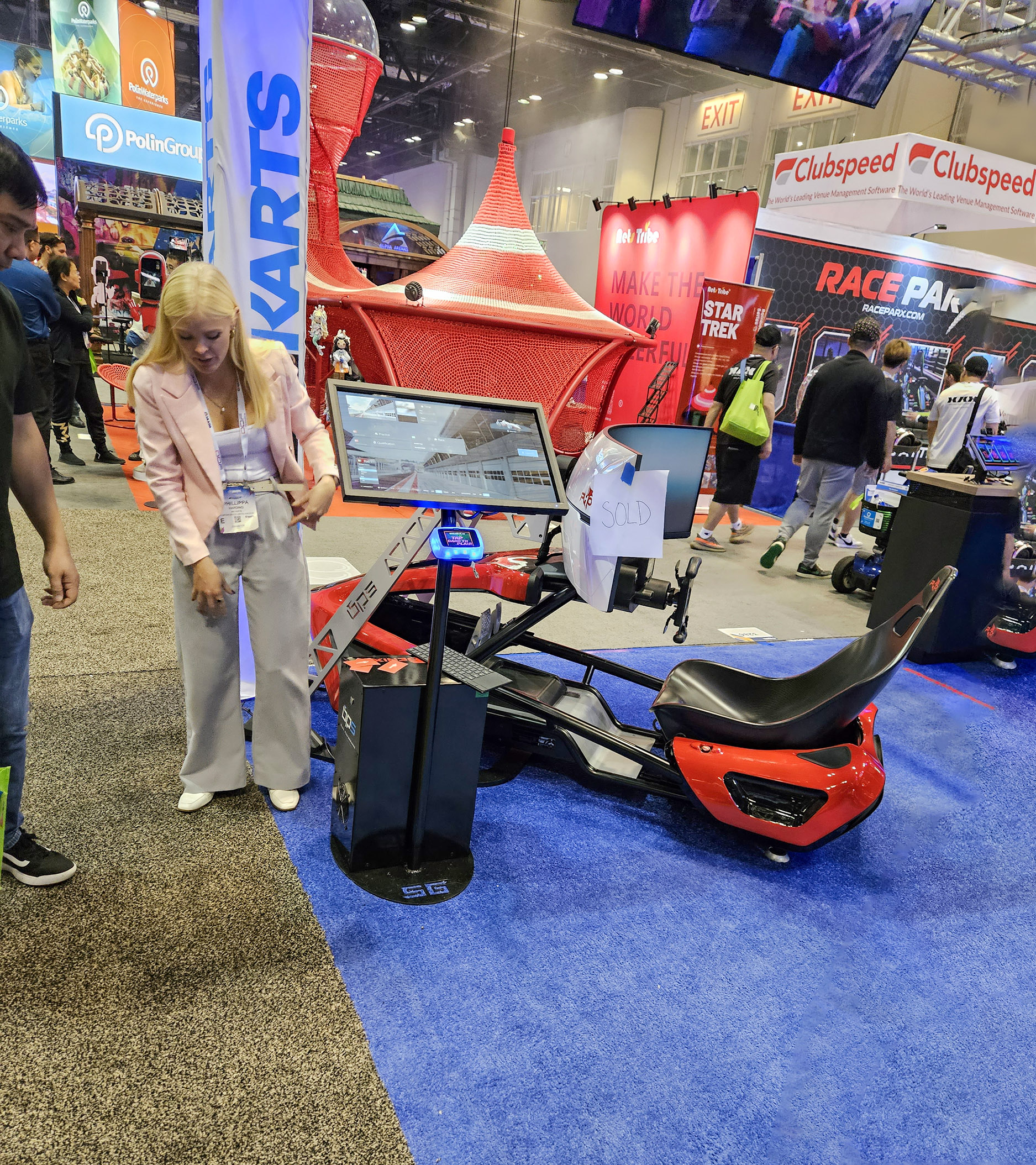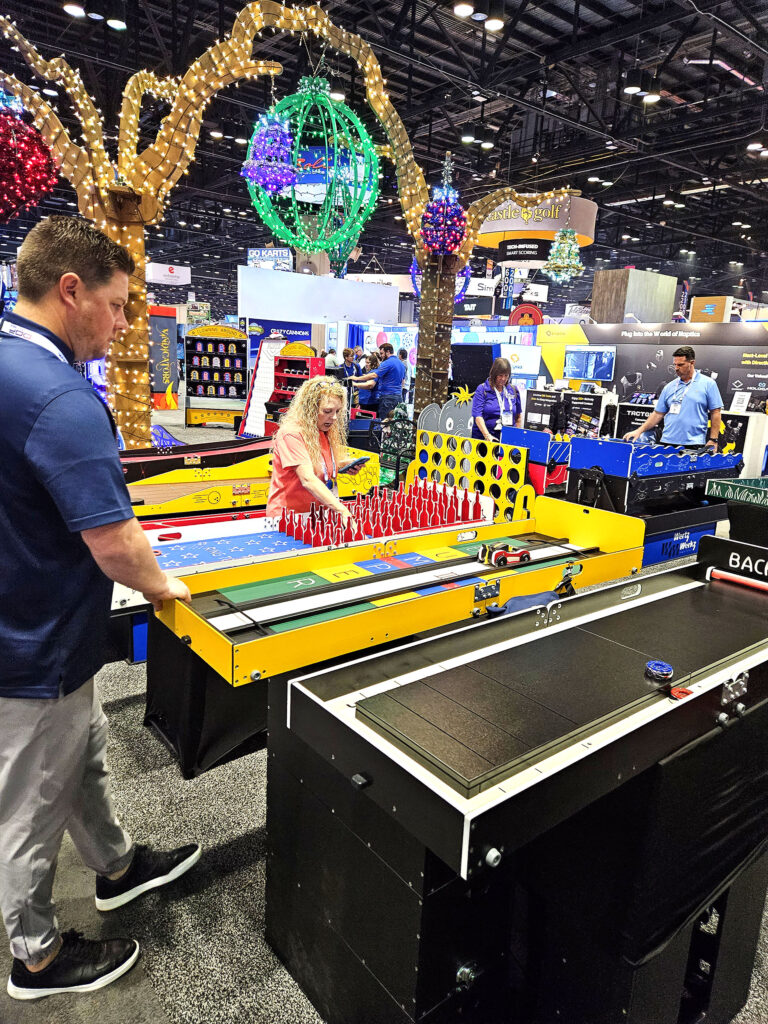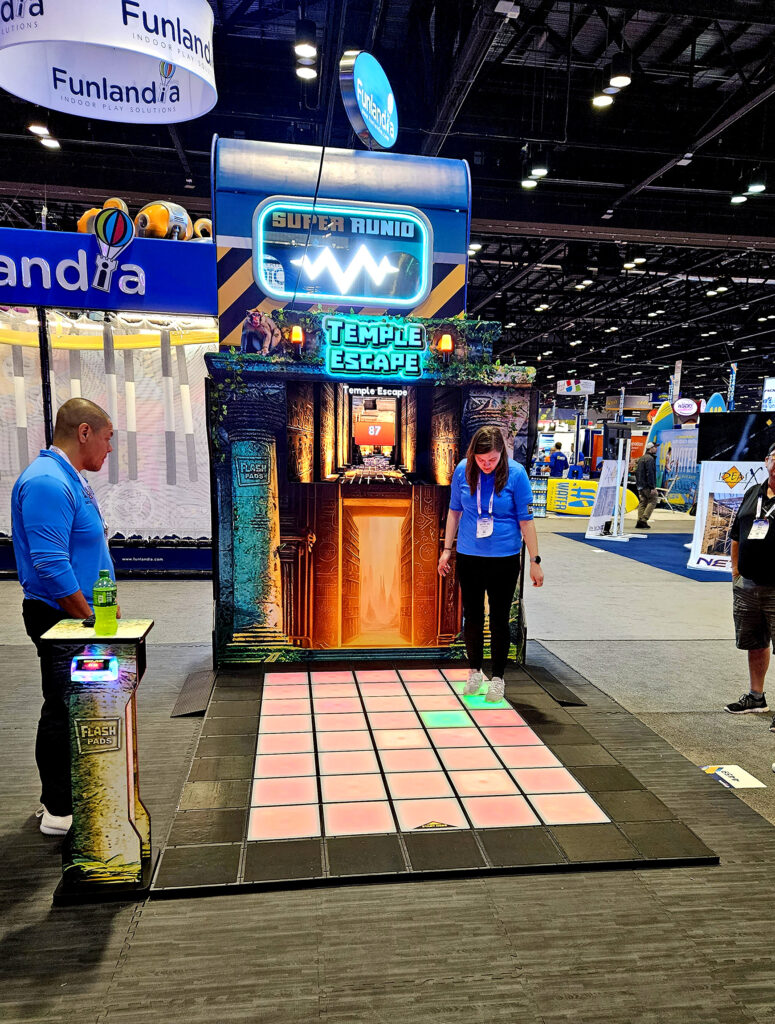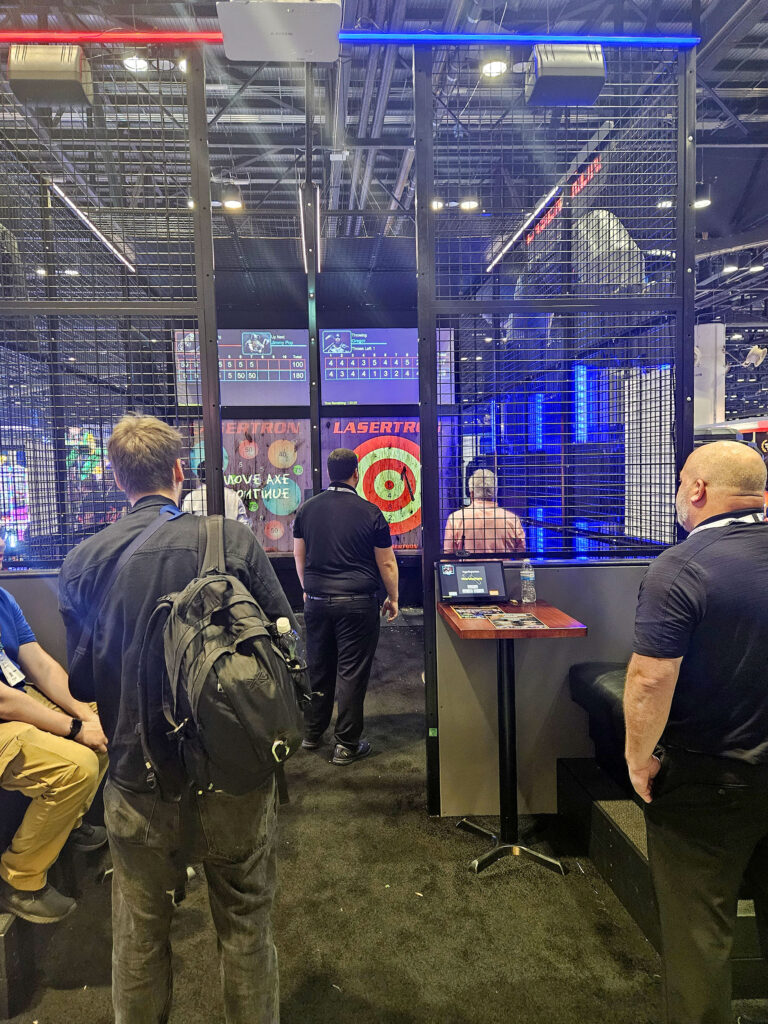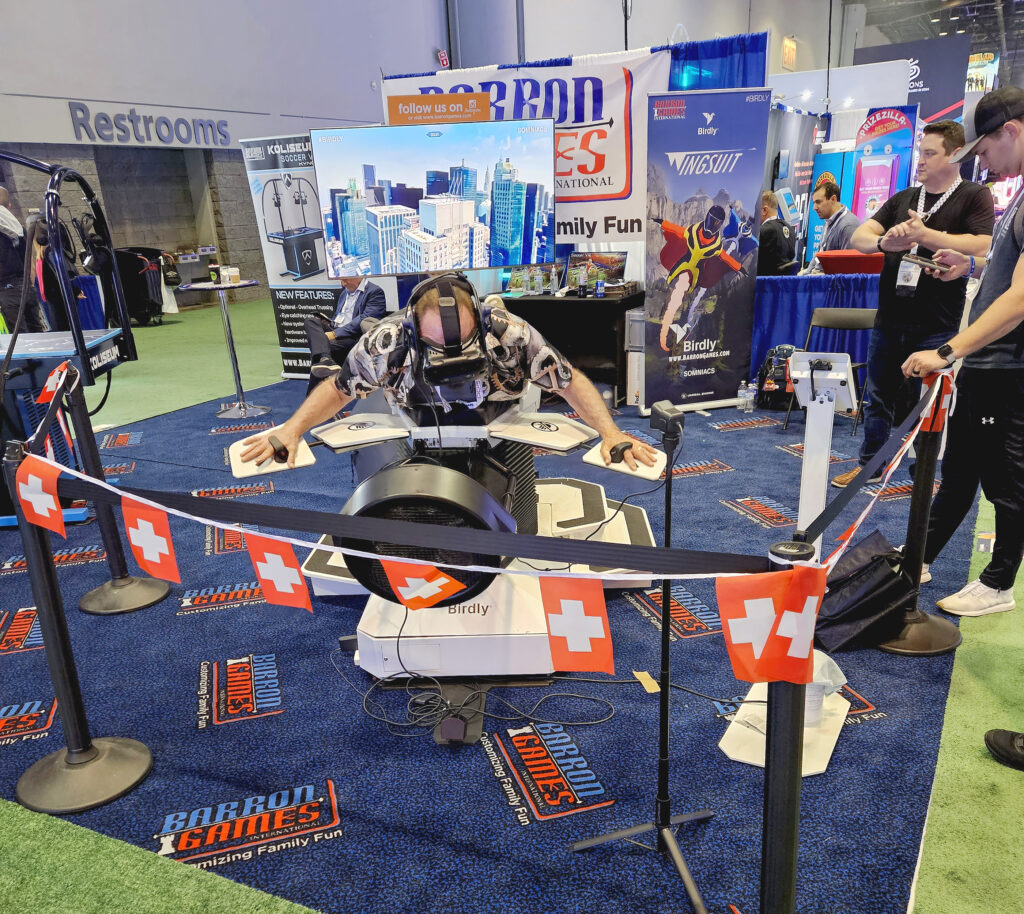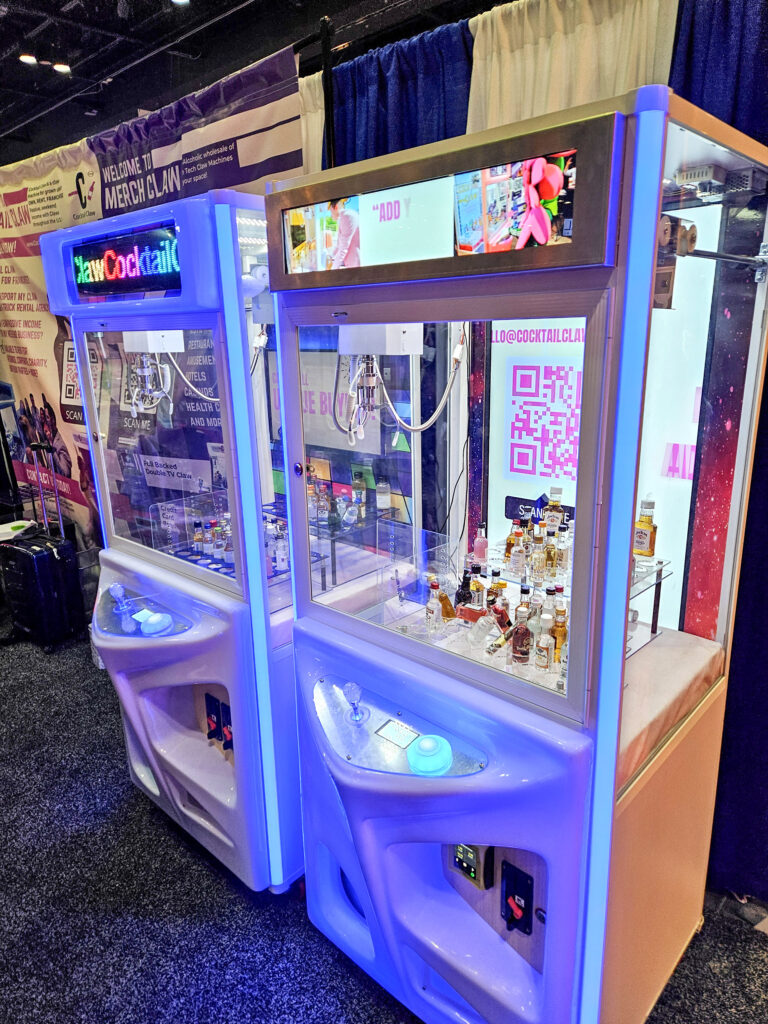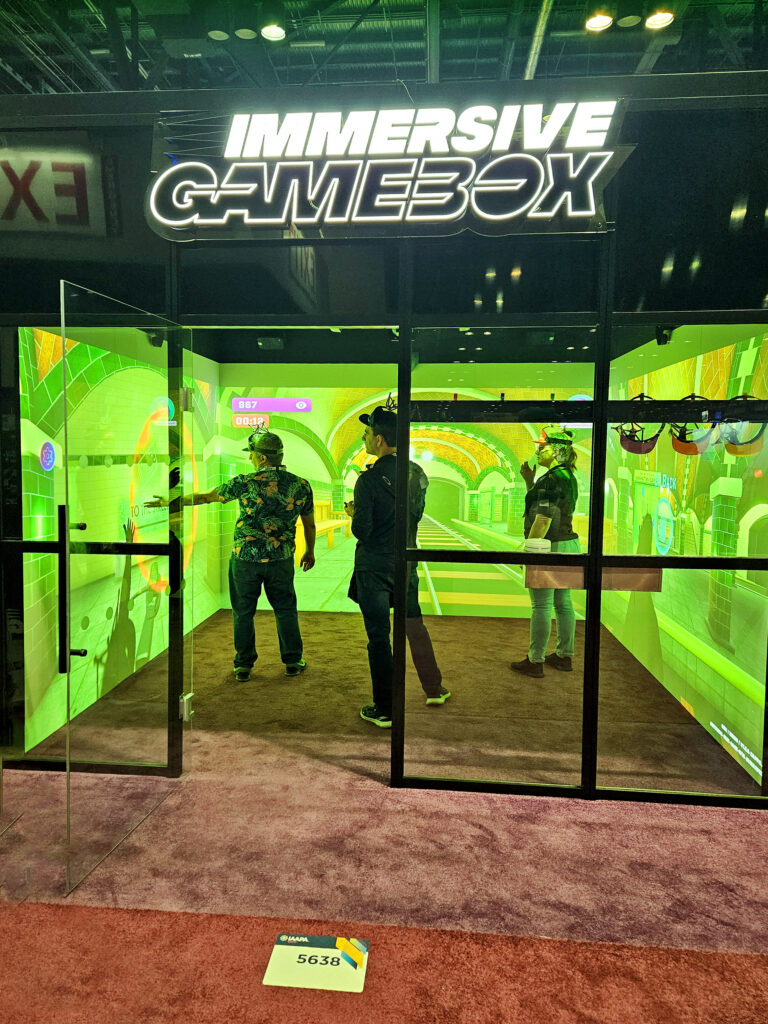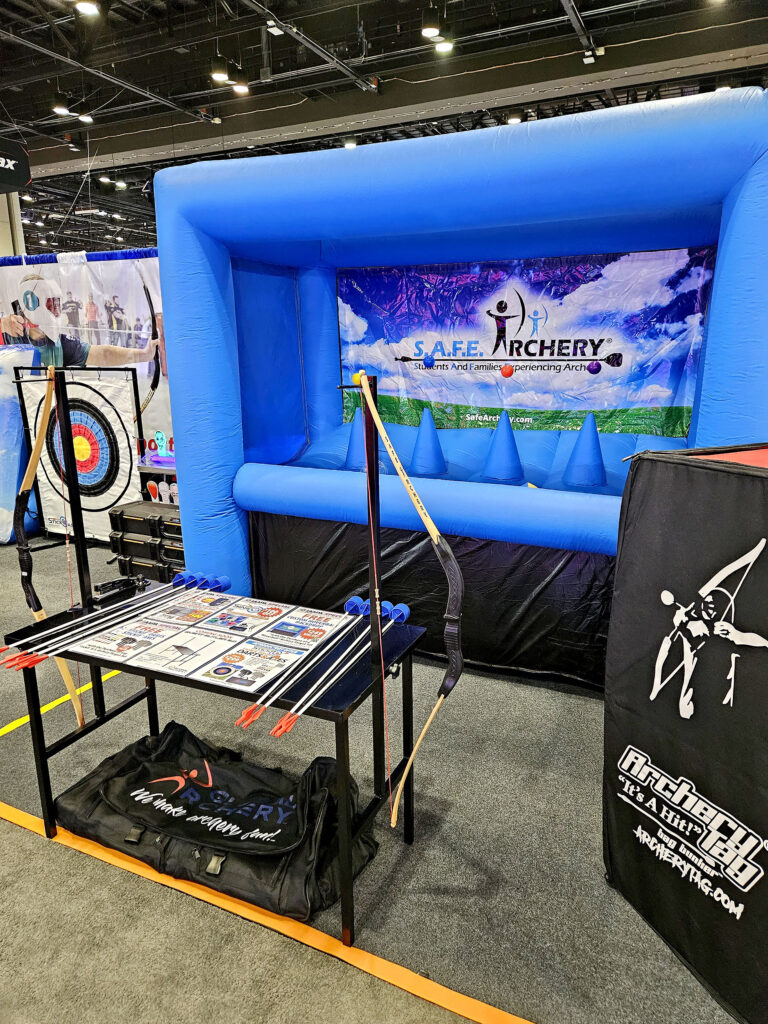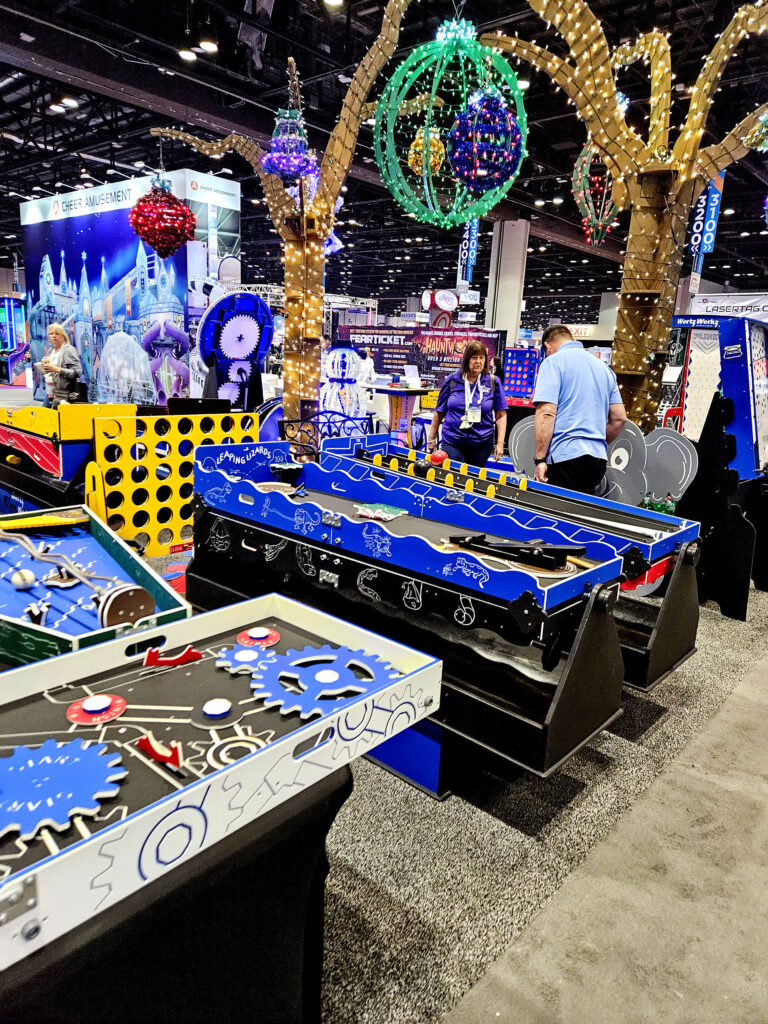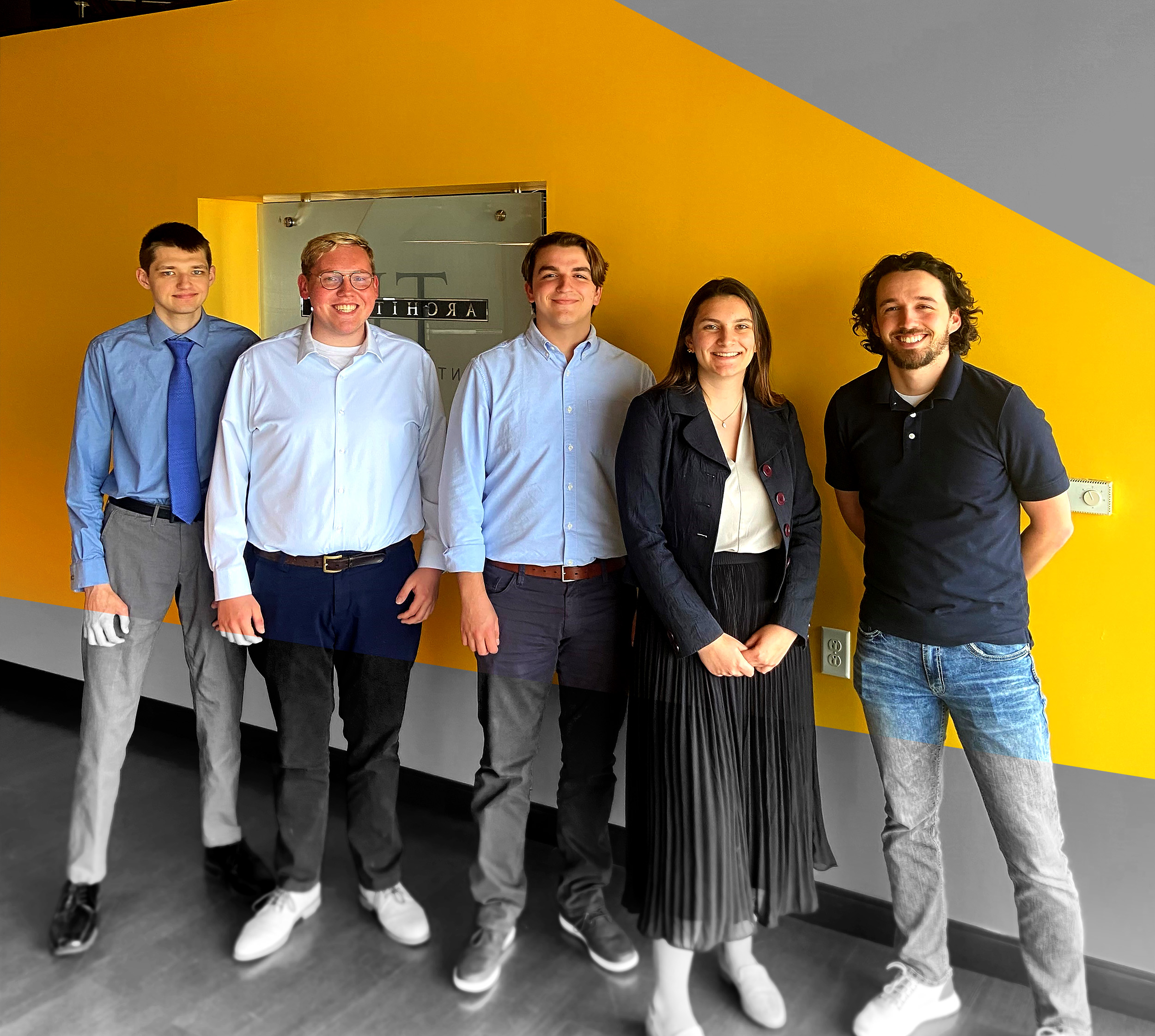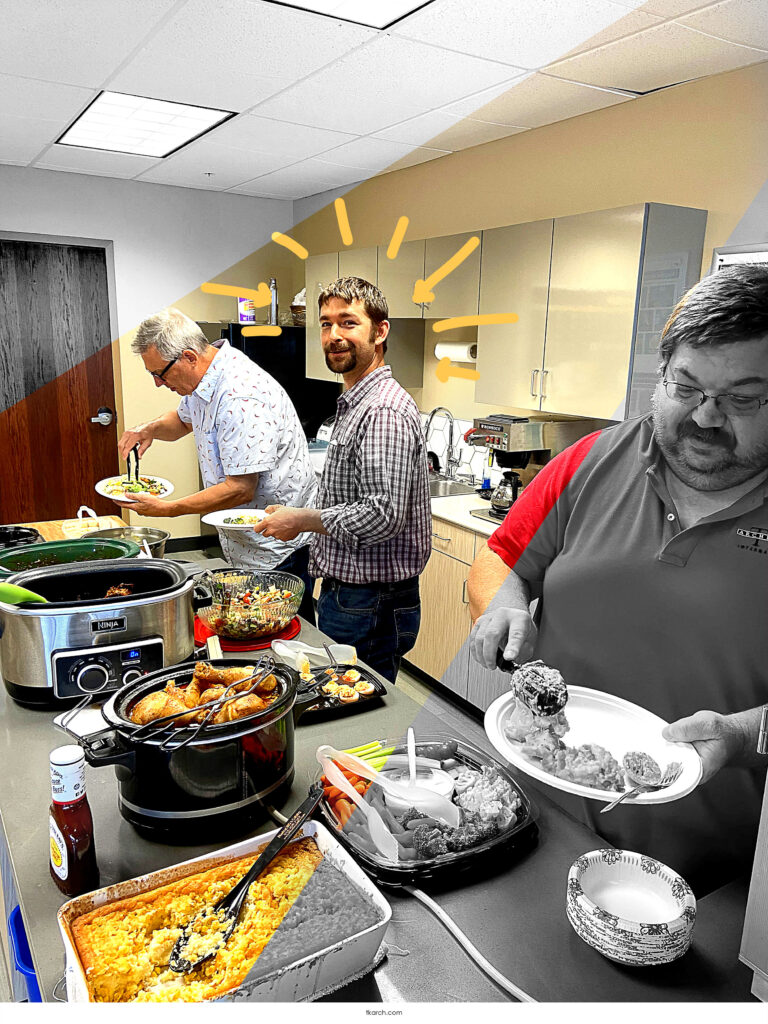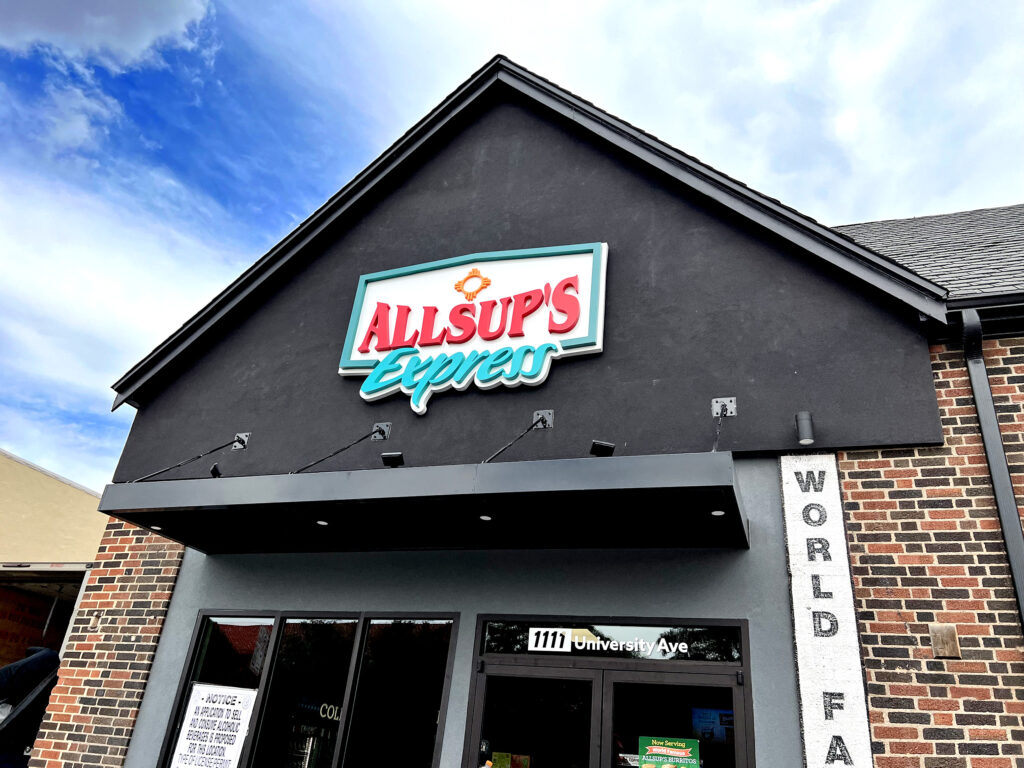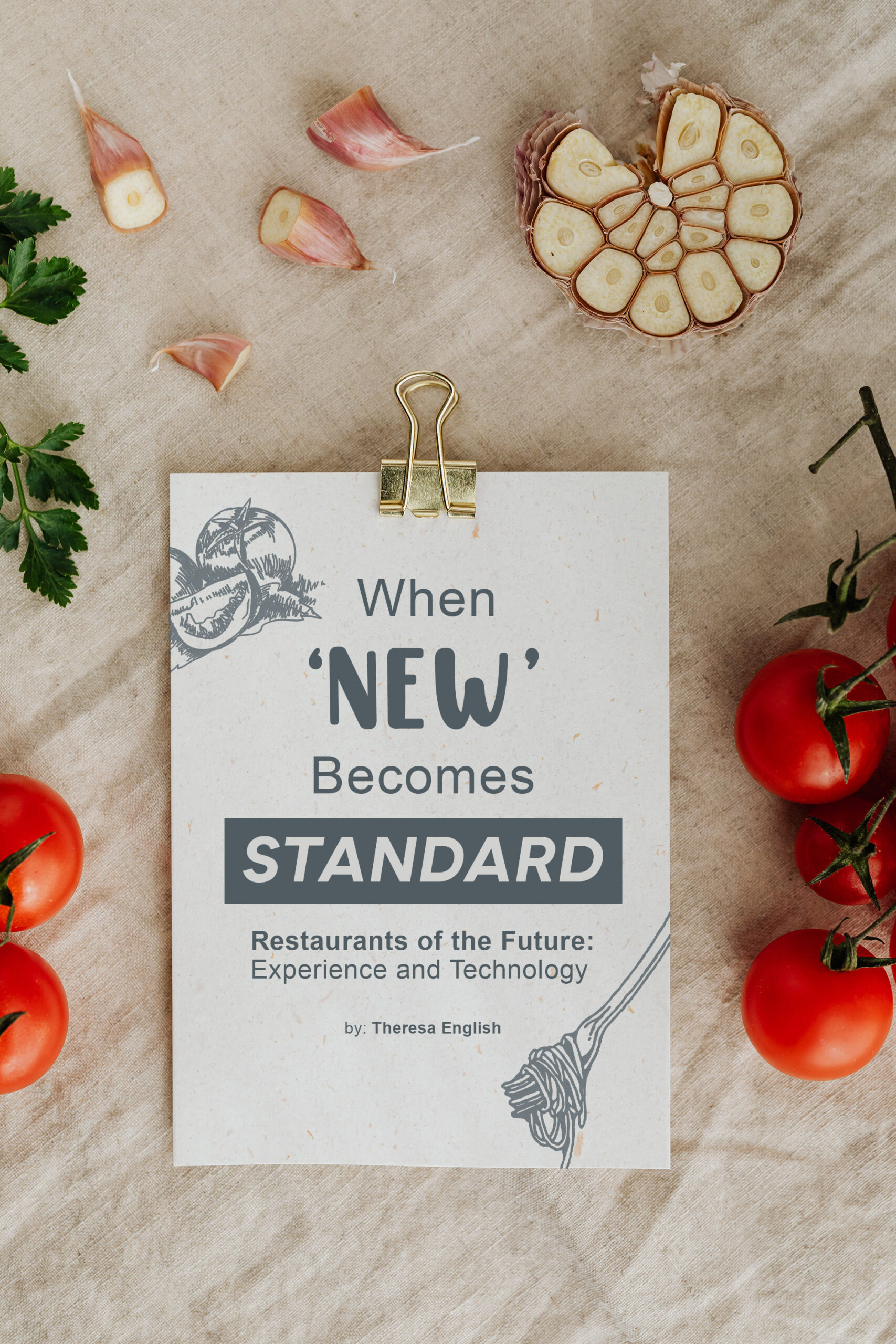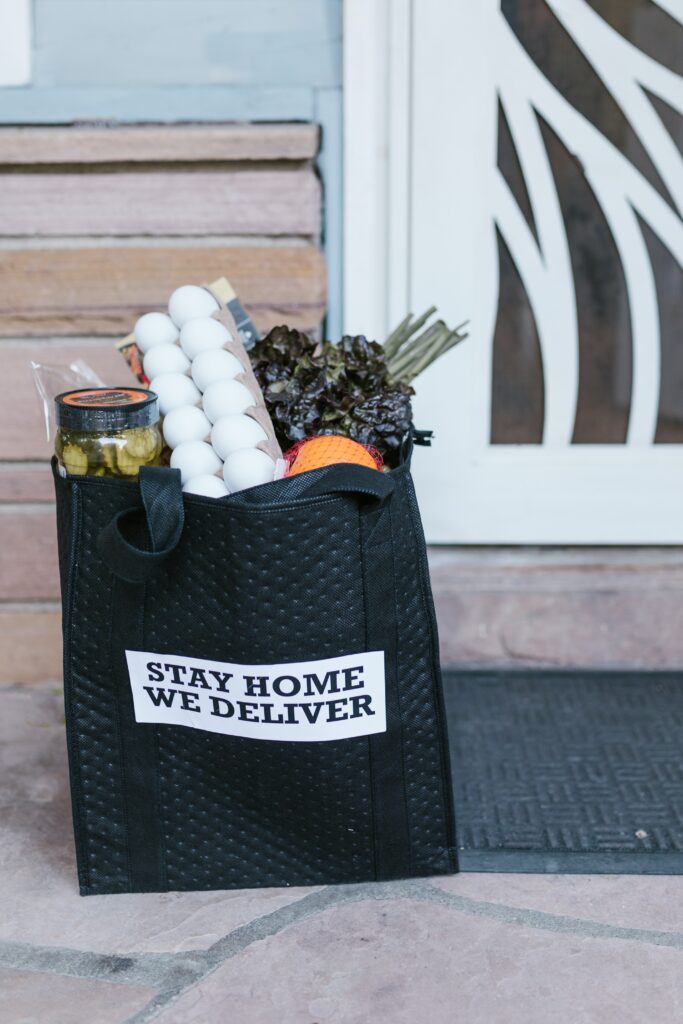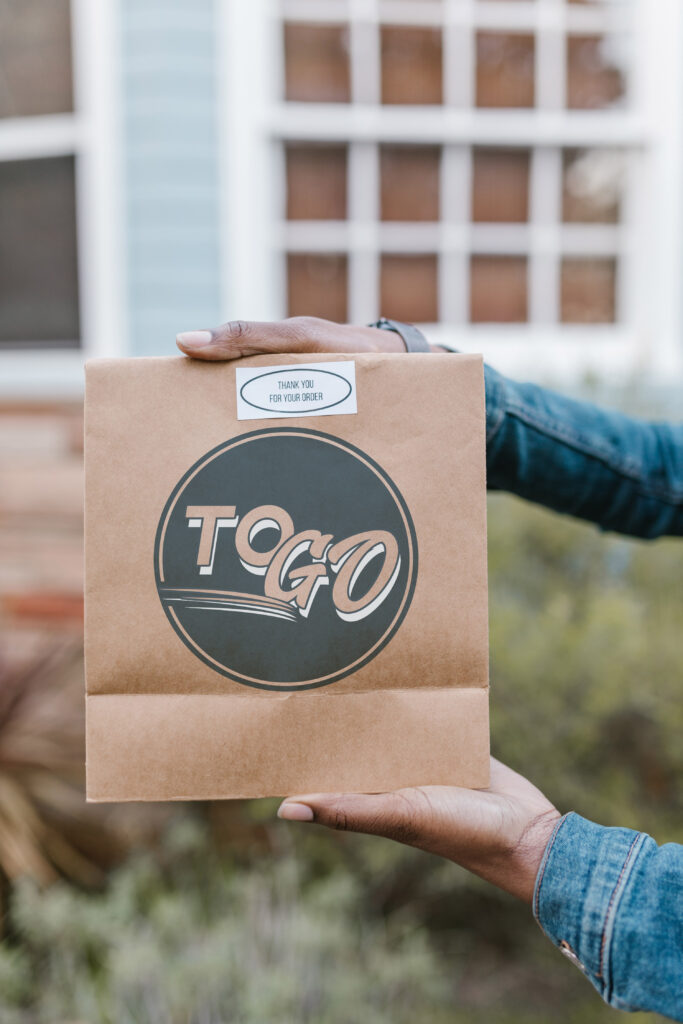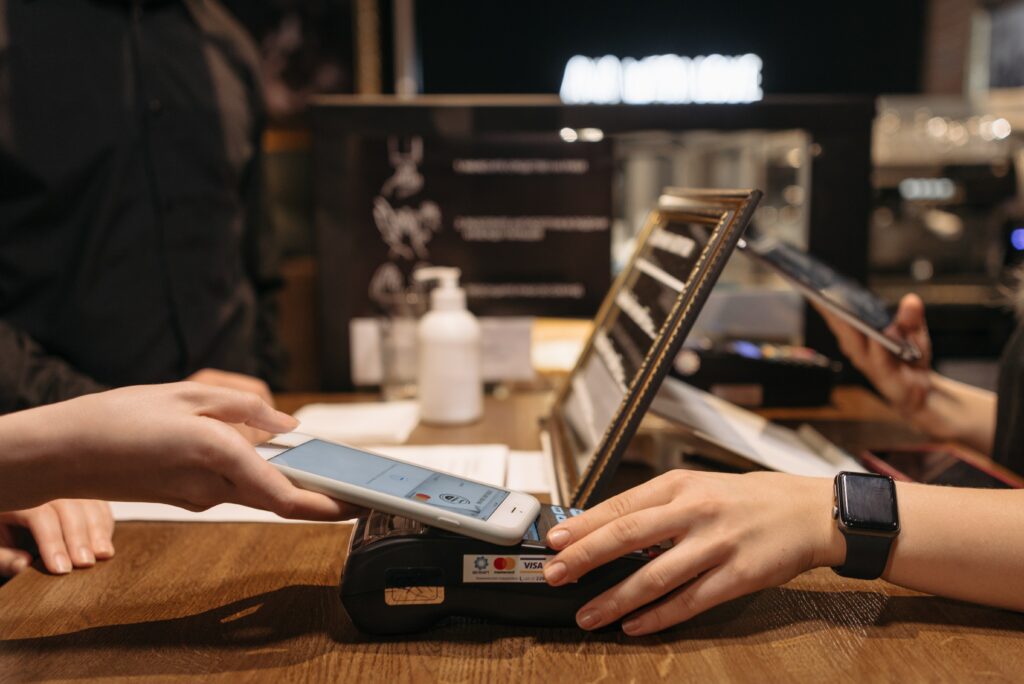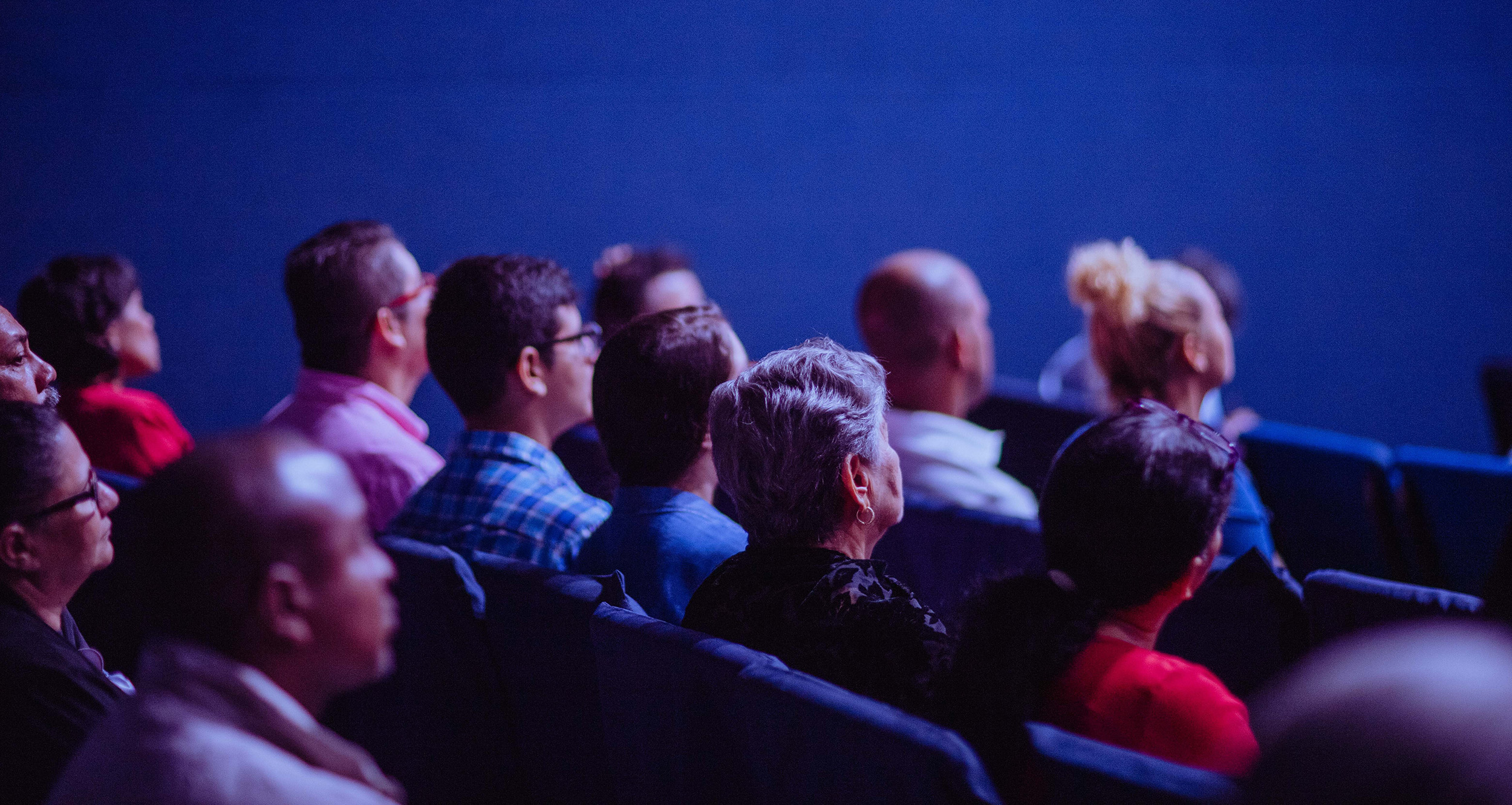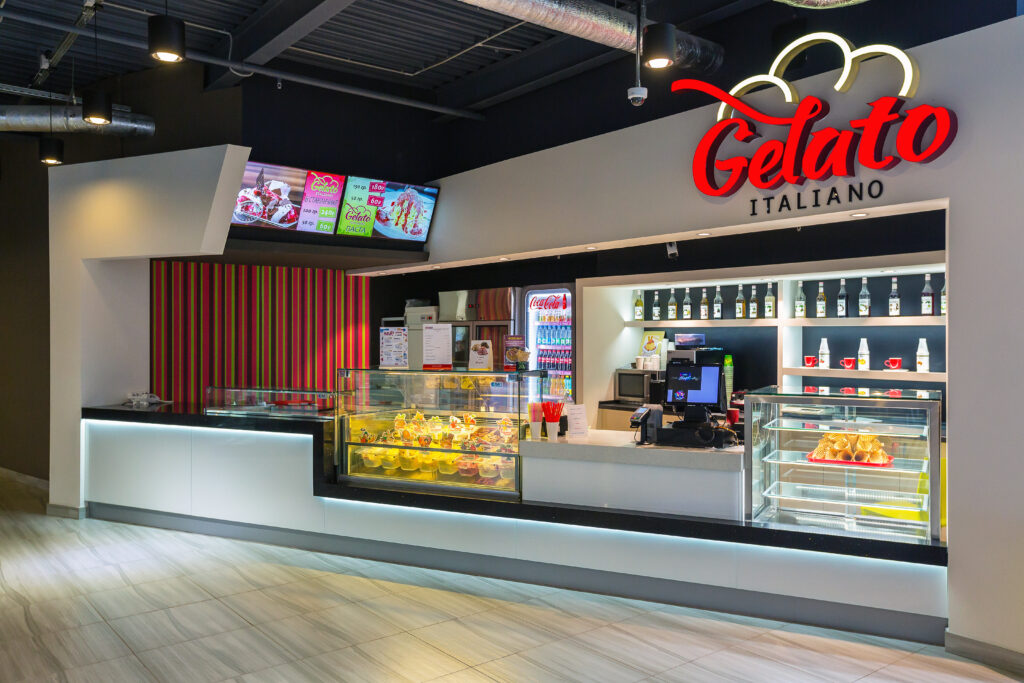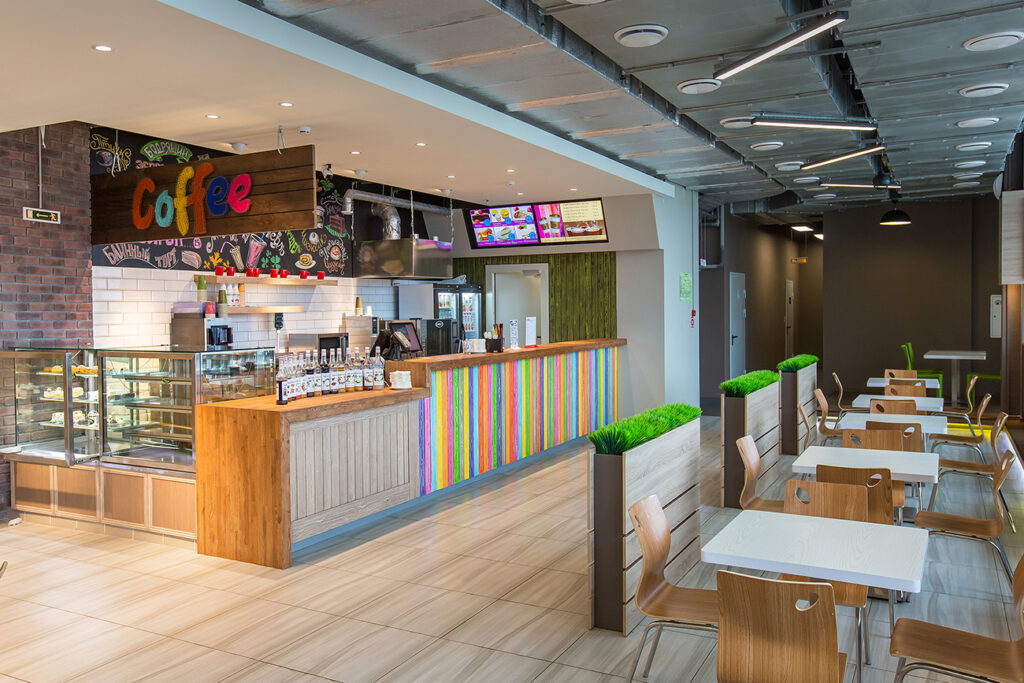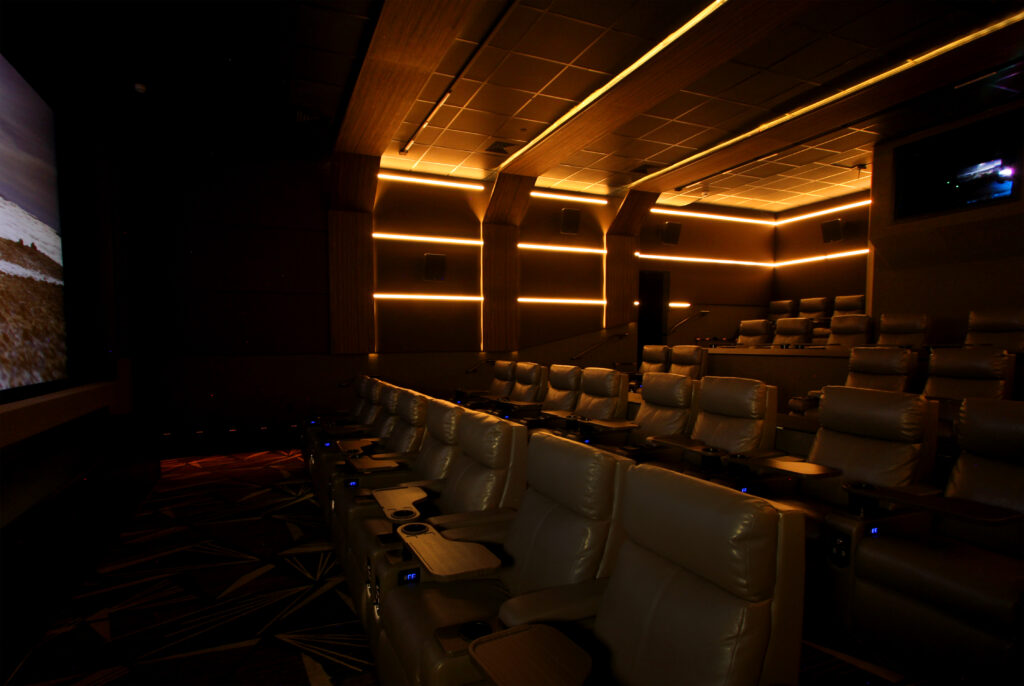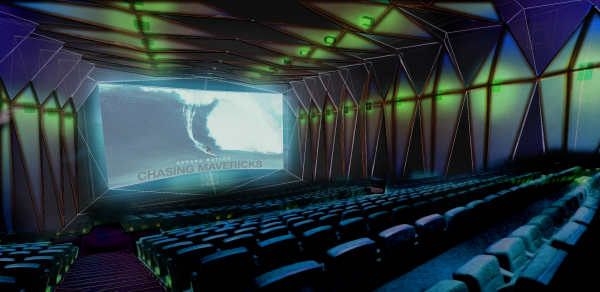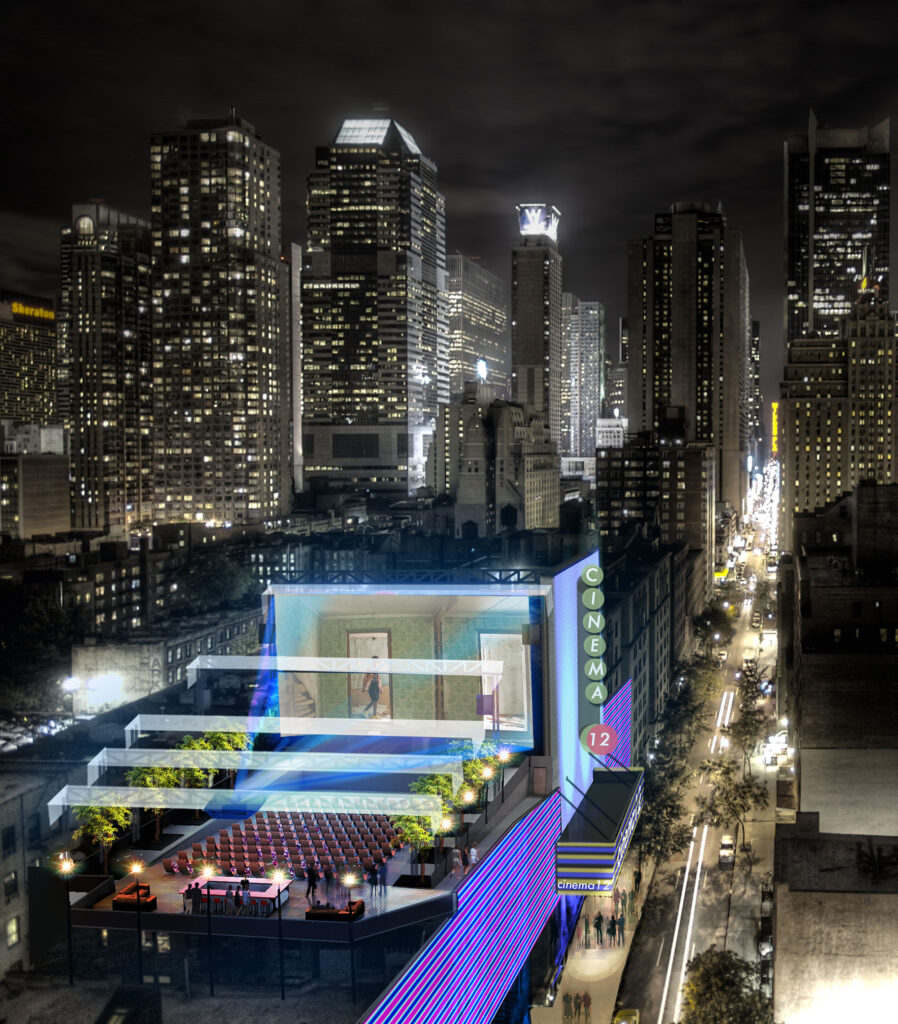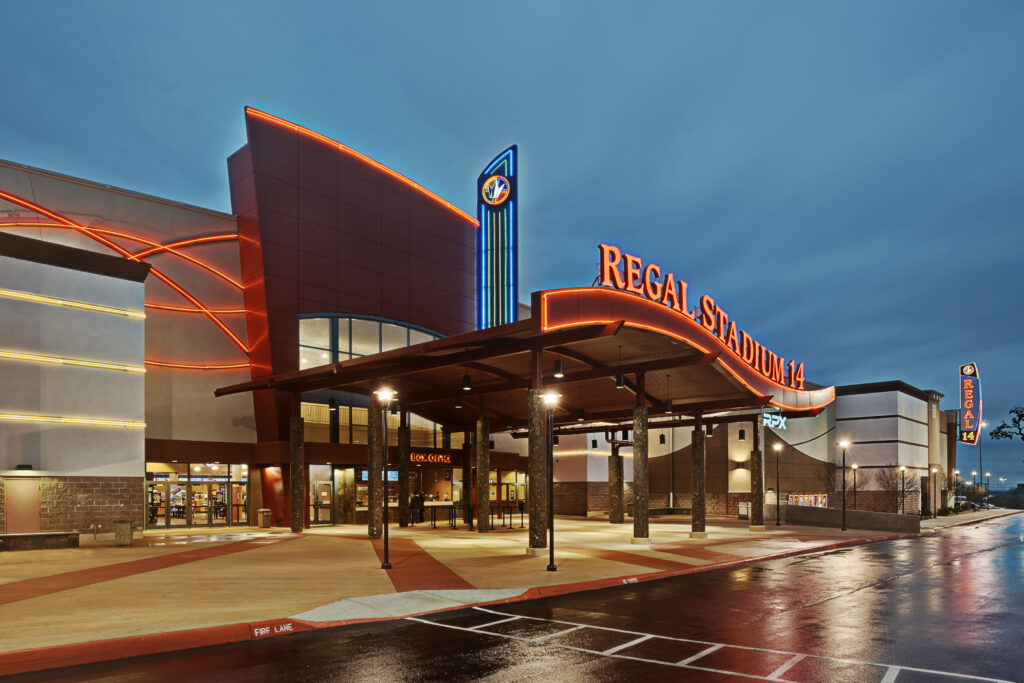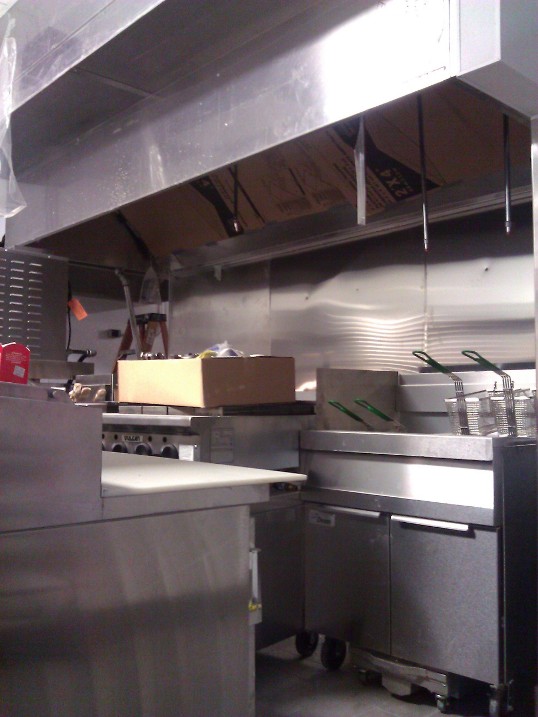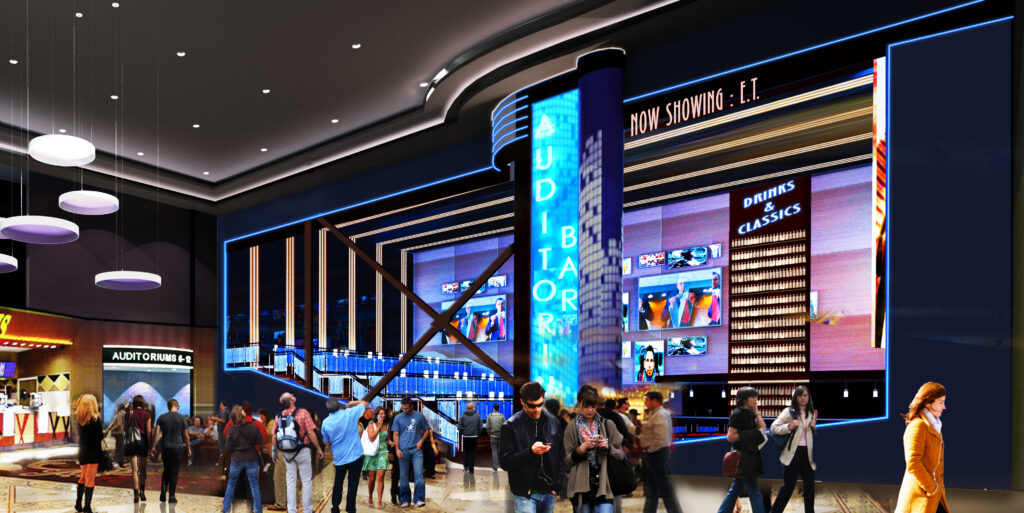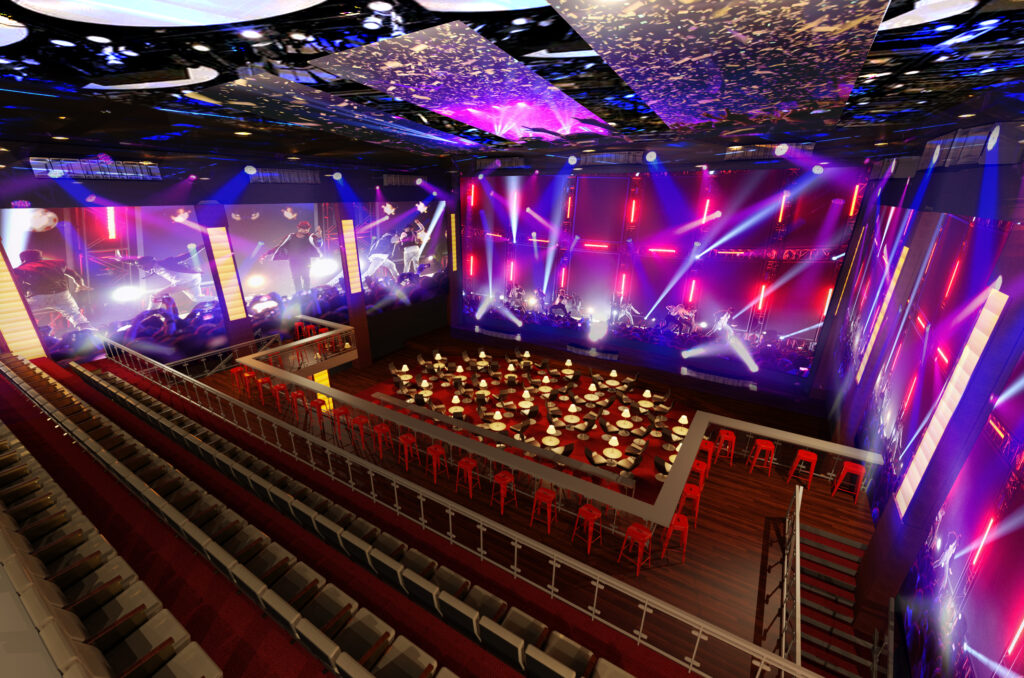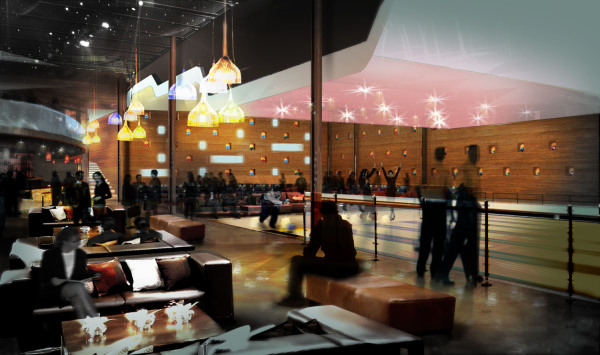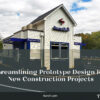
July 2024
by Theresa English
Flying out under a rainbow is a promising start to any journey, and that’s exactly how my trip to Bowl Expo began. This year’s event was held at the Gaylord in Denver, offering breathtaking views of the mountains. The show took place on Monday and Tuesday before the 4th of July, providing a family-friendly environment with arcade and game vendors generously offering free play on all machines. Operators brought their best testers—their kids! Before the trade show opened, there was a decent line at registration, with a sense of anticipation bubbling among the attendees.
TK Architects shared a booth with our long-time partners at Proctor Companies a relationship that spans over 40 years. Our booth, 907, was located across from the new product showcase and near the food vendors, with the concession area offering lunch and snacks right behind us. The camaraderie among the vendors was felt, making the show a truly enjoyable experience.
MONDAY
Monday was pretty busy at the booth with many productive conversations with Bowling and Entertainment Operators. Some were looking to renovate, a few looking to build new, and a sprinkling who had just completed their renovations. The energy was exciting and positive, making it refreshing to discuss how people are moving forward and how well their facilities are doing.
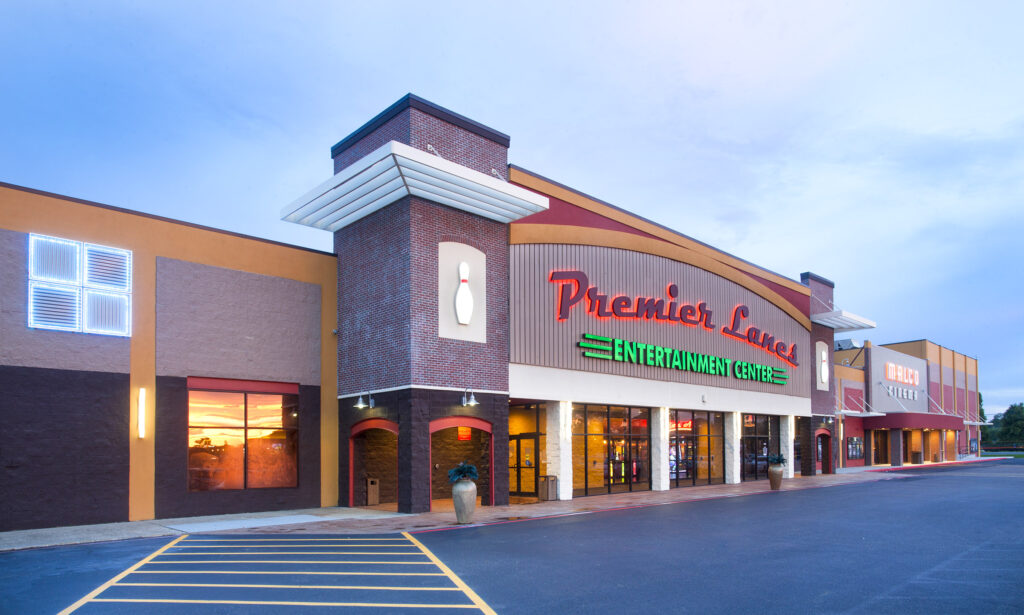
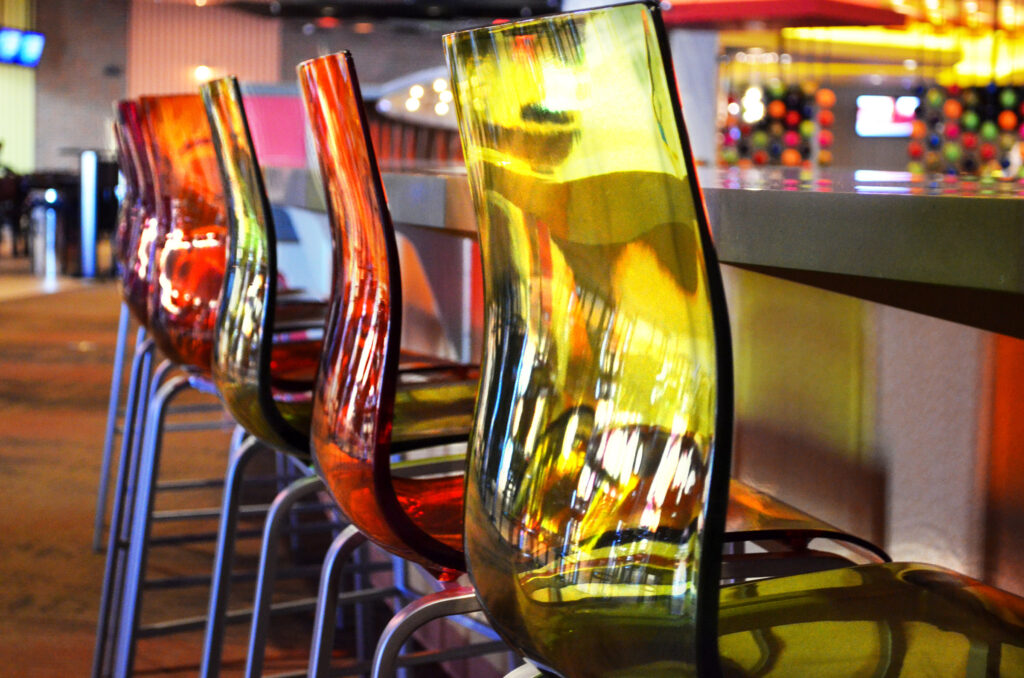
We even had a visit from Ricky Bourgeois and the team at Premier Lanes in Gonzales. They stopped by to say hi and discuss with Proctor about replacing their dishwasher, which has been in use since the original build 13 years ago. (It’s hard to believe that project was so long ago.) Ricky shared a memory about collaborating closely with our design team and engineers to develop their signature “Ball Wall.” He tracked down bowling balls in different colors and weights and helped get them drilled so they would sit perfectly over the structural supports. He still loves that element!
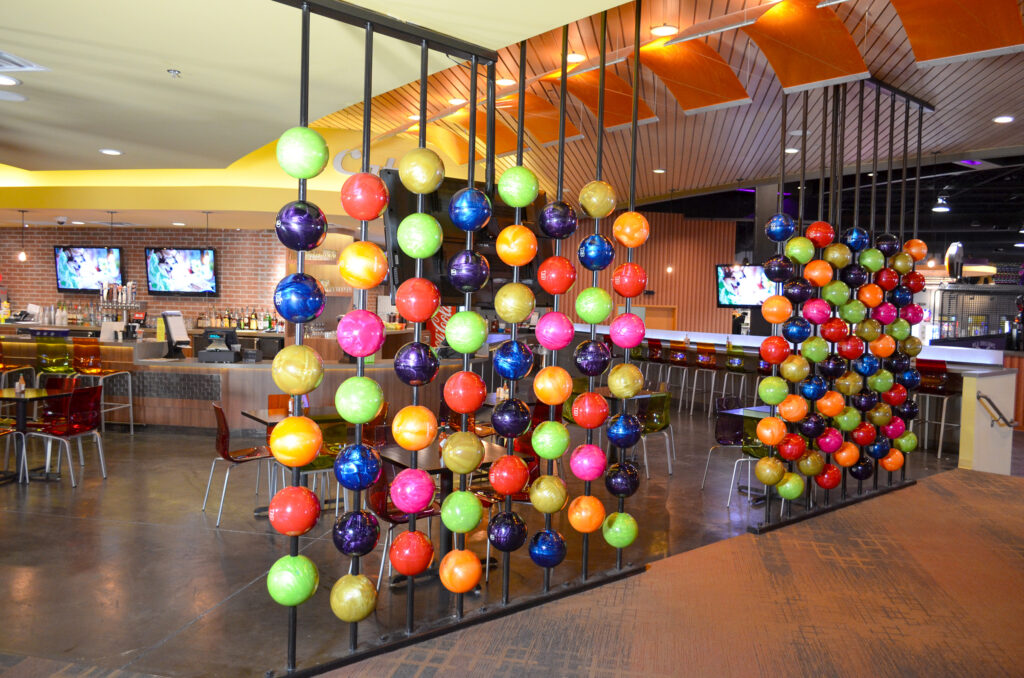
Being right across from the New Product Showcase, I had the opportunity to check out some of the new items. This included innovative technology for bowling center operations staff, scoring, and marketing. There were also new robots that can make crazy cotton candy, balloon animals, specialty marshmallows, and more! A fun new Ultimate Disk game from Shaffer and the Pixel Games new floor game with a roll up LED that can allows it to be used on the floor.
TUESDAY
Attendance Tuesday was a little lighter down at our end of the hall but we were still able to have productive conversations with new potential customers and vendors to discuss their needs and opportunities. The overall show was smaller than last year (no full-size bowling lanes this time) but the optimism of the attendees was invigorating and we are excited to continue those conversations!!
WHERE TO FIND ME NEXT
If you missed the show and would like to discuss your project, please reach out, we’d love to have an in-depth conversation with you. As always, I can be reached at 816-842-7552 or send me an email at tenglish@tkarch.com You can find me next at the International Cinema Technology Association Summer Conference in Laguna Beach, July 21st -July 25th.
Hope to see you there!
Theresa English, Principal

